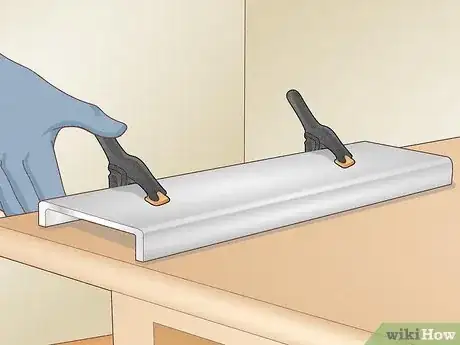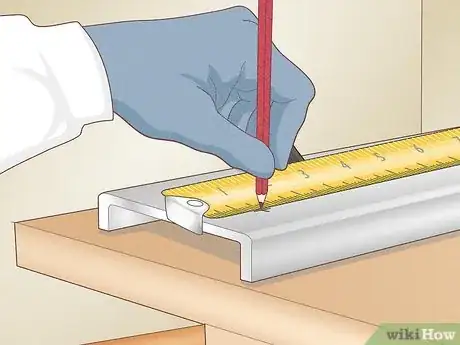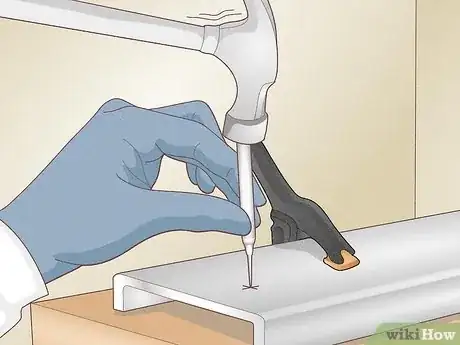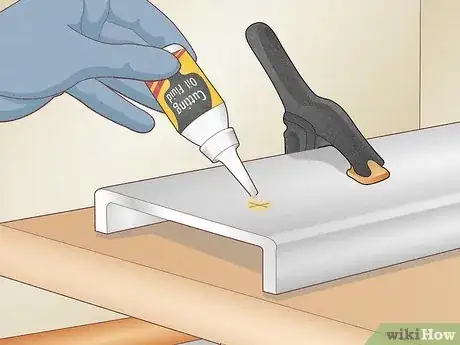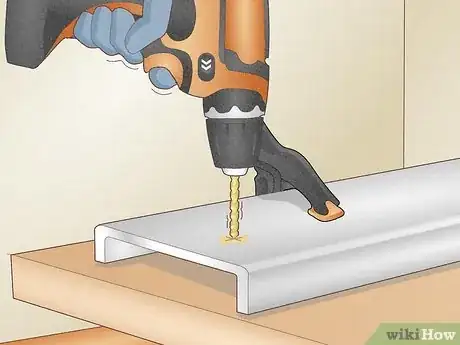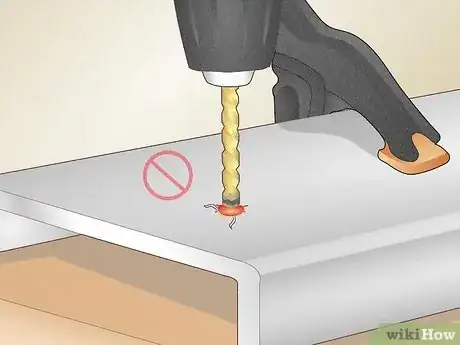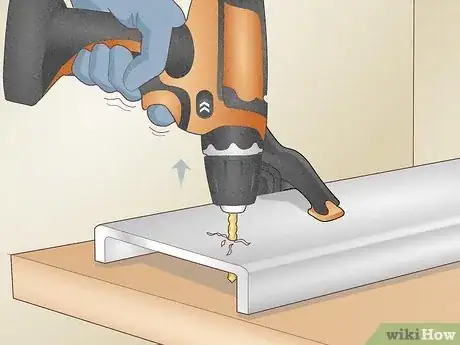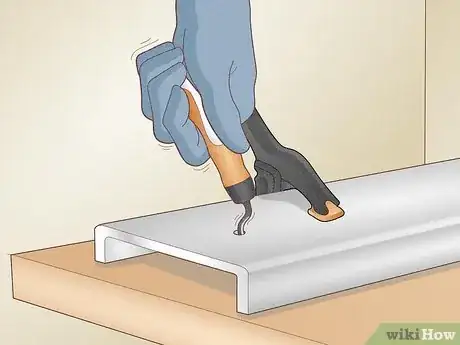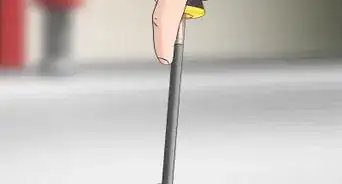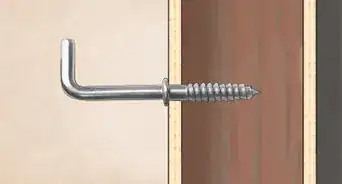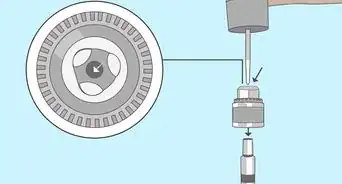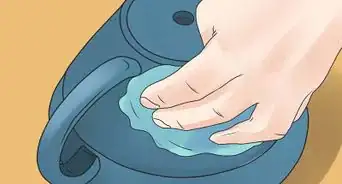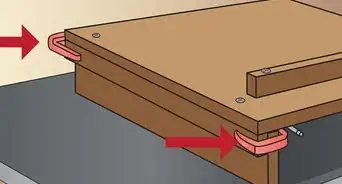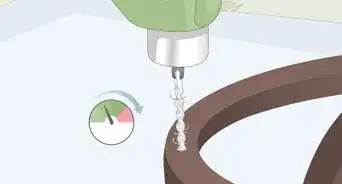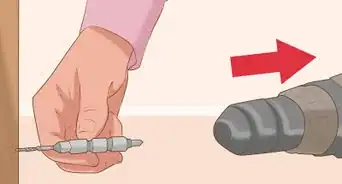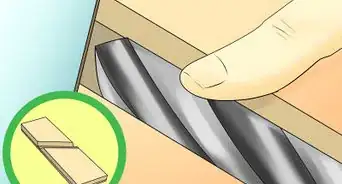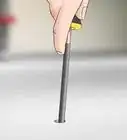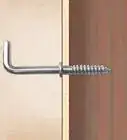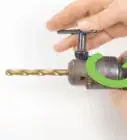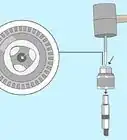This article was co-authored by Ryaan Tuttle and by wikiHow staff writer, Hunter Rising. Ryaan Tuttle is a Home Improvement Specialist and the CEO of Best Handyman, Inc. in Boston, Massachusetts. With over 17 years of experience, he specializes in building home service businesses, focusing on creating scalable and efficient brands. With the help of his global team, the companies have achieved over 10+ million in sales and received recognition through magazine features, and enjoy partnerships with wikiHow and Jobber field service software. Boston Magazine and LocalBest.com have named Best Handyman Boston the Best Handyman in Boston. Ryaan holds Construction Supervisor and Home Improvement Contractor Licenses.
There are 10 references cited in this article, which can be found at the bottom of the page.
This article has been viewed 252,063 times.
If you're tackling a DIY project that requires you to drill through metal, how can you know if you have the best tools for the job? Even if it may seem like a tough material to work with, you can easily drill through metal using a regular hand drill. Keep reading for everything you need to know and with a little patience, you'll be able to safely drill metal for any project!
Steps
Community Q&A
-
QuestionDo I have to put on goggles?
 wikiHow Staff EditorThis answer was written by one of our trained team of researchers who validated it for accuracy and comprehensiveness.
wikiHow Staff EditorThis answer was written by one of our trained team of researchers who validated it for accuracy and comprehensiveness.
Staff Answer wikiHow Staff EditorStaff AnswerGoggles protect you from sharp debris, so you should always wear them when you're drilling metal.
wikiHow Staff EditorStaff AnswerGoggles protect you from sharp debris, so you should always wear them when you're drilling metal. -
QuestionDo I drill first with a small drill bit, then with a larger one?
 Community AnswerYes. The small hole is called a pilot hole. And before that, you should use a punch for marking.
Community AnswerYes. The small hole is called a pilot hole. And before that, you should use a punch for marking. -
QuestionWhy can't I use cloth gloves when using drill machines?
 Community AnswerCloth gloves hold the small risk of being flammable, making them unsuitable for work that may result in sparks.
Community AnswerCloth gloves hold the small risk of being flammable, making them unsuitable for work that may result in sparks.
wikiHow Video: How to Drill Metal
Warnings
- Metal shavings are sharp, so clean them up with a brush or wear thick work gloves when you handle them.⧼thumbs_response⧽
References
- ↑ https://knowhow.napaonline.com/drill-metal-beginners-guide/
- ↑ https://knowhow.napaonline.com/drill-metal-beginners-guide/
- ↑ https://www.bobvila.com/articles/479-drilling-with-care/
- ↑ https://youtu.be/H_ohtEiTZmQ?t=256
- ↑ https://youtu.be/KHCjxCJDgxk?t=29
- ↑ https://youtu.be/KHCjxCJDgxk?t=73
- ↑ https://knowhow.napaonline.com/drill-metal-beginners-guide/
- ↑ https://www.bobvila.com/articles/how-to-use-a-drill/
- ↑ https://carbideprocessors.com/content/drill-speed.pdf
About This Article
Before drilling metal, choose the right kind of bit. For softer metals, like aluminum, a high-speed steel bit will work. For steel or other hard metals, use carbide, cobalt, or titanium. Put on a pair of work gloves and safety glasses, then clamp down the piece of metal to hold it steady while you drill. Draw an X on the metal where you want to drill, then make a dent on the mark with a hammer and center punch. Put a coin-sized amount of cutting oil on the spot to help lubricate and cool the drill bit. Hold the drill perpendicular to the metal and squeeze the trigger lightly while applying pressure to help push the bit through the metal. If the metal starts to glow or get too hot, take a break and add more cutting oil. Once you pierce the metal, switch the drill to reverse and carefully pull the bit out. Smooth the edges of the hole with a deburring tool when you’re done.


